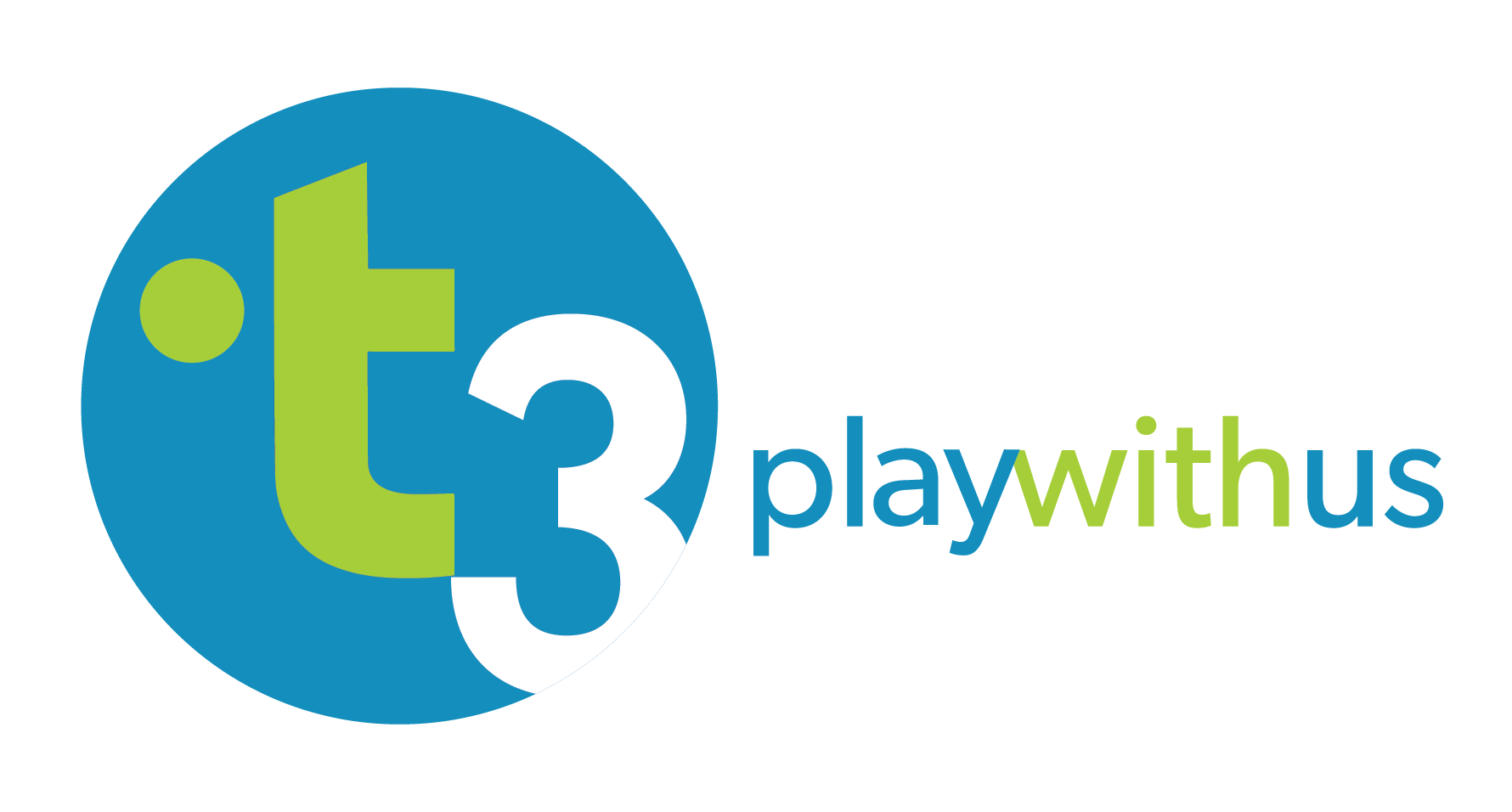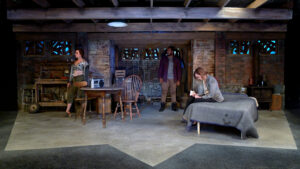Basic Design for Theater
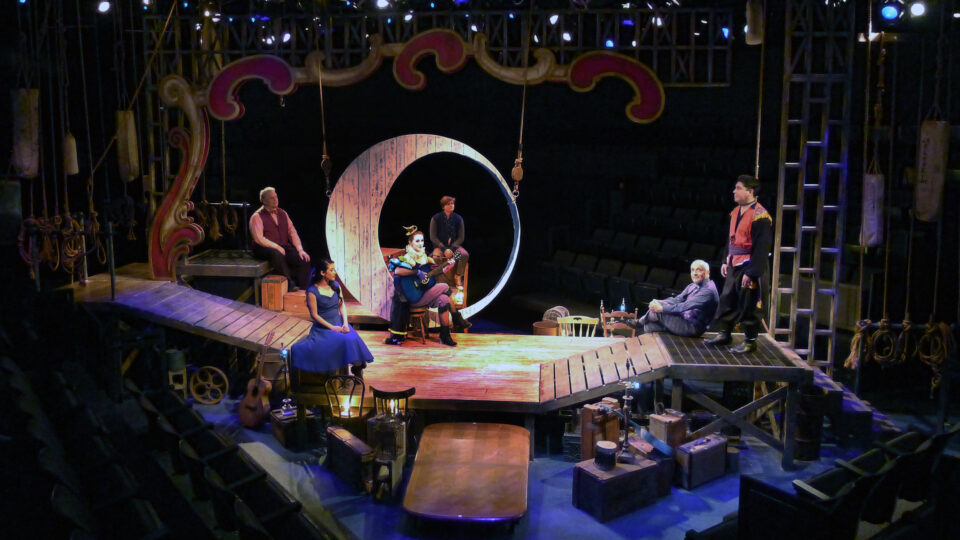
Basic Design for Theater
Have you ever wondered how theatrical designers generate dynamic, unusual and extraordinary ideas? This hands-on virtual seminar provides an introduction to the process of design development through research, sketching and collaboration. It is geared towards all skill levels and is an essential workshop for students interested in exploring their analytical skills and creative abilities.
The workshop emphasizes cultivation of creativity and development of ideas. Participants learn the process of artistic collaboration, paying particular attention to the relationship between the director, designer, and lead artisans. Class work is focused on the practice of basic design and construction techniques including perspective sketching, figure drawing, painting, construction, model-making, rendering, and technical drafting skills. Guided activities help students learn to devise concepts and create inspired visual imagery with ease and efficiency.
The 10-week course focuses on careful analysis, research and creation of a visual field that supports and enhances a narrative. All students will be required to think about scenic, costumes and lighting design as emphasis is placed on creation of the “overall environment” of a play.
Students are encouraged to use the full extent of their creative ability and to unleash their imaginations in order to realize a broad range of aptitude and potential as artists and critical thinkers.
Class Details
Interactive Virtual Master Class Sessions: March 23rd – May 25th
Every Tuesday 6:00 – 7:30pm
Tuition
$150
Instructor
 Scott Osborne has worked as a theater and broadcast professional for over 25 years. His scenic and costume design work has been seen onstage at Ohio Theater (NYC), Theater of the Berkshires NY, Dallas Children’s Theater, Dallas Theater Center, Theater Three, Cara Mia Theater, Shakespeare Dallas, Undermain Theater, Kitchen Dog Theater, Watertower Theatre, Lyric Stage, The Dallas Museum of Art, Our Endeavors Theater, Magnolia Lounge, The MAC, U.N.T and U.T.D. Film and television design credits include PBS’s Barney & Friends, TNT’s Dallas, NBC’s Salvation and 20th Century Fox’s Second Chance. Scott is a proud member of IATSE Local 484. He received his
Scott Osborne has worked as a theater and broadcast professional for over 25 years. His scenic and costume design work has been seen onstage at Ohio Theater (NYC), Theater of the Berkshires NY, Dallas Children’s Theater, Dallas Theater Center, Theater Three, Cara Mia Theater, Shakespeare Dallas, Undermain Theater, Kitchen Dog Theater, Watertower Theatre, Lyric Stage, The Dallas Museum of Art, Our Endeavors Theater, Magnolia Lounge, The MAC, U.N.T and U.T.D. Film and television design credits include PBS’s Barney & Friends, TNT’s Dallas, NBC’s Salvation and 20th Century Fox’s Second Chance. Scott is a proud member of IATSE Local 484. He received his
M.F.A. from SMU’s Meadows School of the Arts. Scott Is a Professor of Theater at Dallas College Richland Campus.
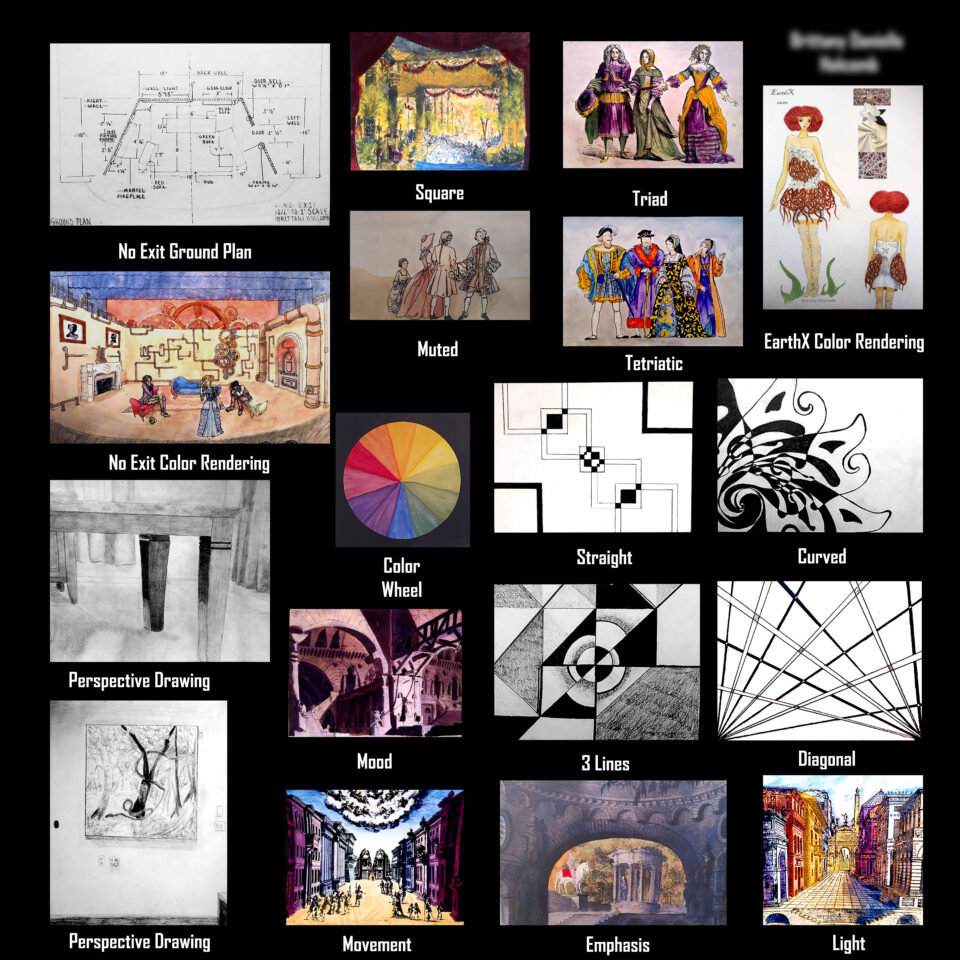
Description of Work
- Students will research and create scenic and costume designs for assigned scripts. All designs will be presented formally to the class and receive a verbal critique and a grade evaluation. In this case, students will design No Exit by Jean Paul Sartre. All projects will involve written, oral, and visual work.
- The class culminates with a portfolio review of the student’s best work in a virtual display that measures 48” X 48”.
- All participants are encouraged to complete at least 1 large-scale drawing in a sketchbook (at least 11” x 17”) per week. The subject matter must be people, architecture or objects observed in everyday life. Sketchbooks will be assessed throughout the course for evaluation of progress. The best of the student’s work from the sketchbook will be displayed at final portfolio review.
Topics Covered
- Elements of Design: Line, Shape, Form, Color, Value, Texture, and Space
- Principles of Design: Pattern, Contrast, Emphasis, Balance, Scale, Harmony, Rhythm / Movement, Unity, & Variety
- Sources of Design / Inspiration: history, research, photos, poems, music, works of art, nature
- The design / production profession: processes and procedures
- Scenic & Costume design, construction and painting techniques
- Noteworthy Stage designers & relevant historical periods
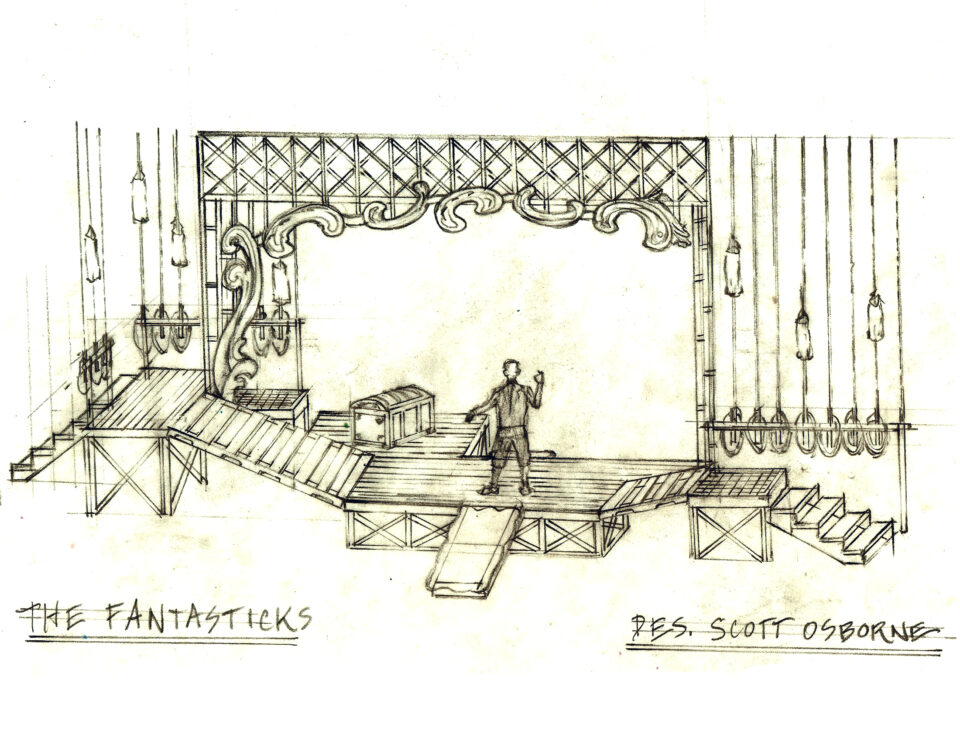
Required Materials
Textbook (provided): Theatrical Design and Production 7th Edition: J. Michael Gillette
Script (provided): No Exit by Jean Paul Sartre
Supply List (estimated cost $30 – wait to purchase until after class begins):
4 Artist Pencils (3B & 4B)
4 Black Compressed Charcoal or Conte Crayons – one stick each Artists Sketchbook, newsprint or regular printer paper (at least 11” x 17”) Small Portable Pencil Sharpener
White drafting click-eraser. Pencil style
3 small tubes of Watercolor – 1 Cadmium Yellow, 1 Alazarin Crimson, & 1 Cobalt Blue (Grumbacher or Windsor & Newton brands)
Small White Plastic Paint Mixing Palette / Tray OR large white plastic plate OR various small white yogurt containers or plastic cups.
Pad of inexpensive Watercolor Paper 11” x 15”
Two high-quality Artist Brushes including #8 or similar round watercolor brush (it must go to a point) and a large, soft brush for watercolor washes
18″ Metal Ruler or straight edge
Roll or pad of vellum or tracing paper 18” wide 45-90 triangle, 6” or larger
1” wide masking tape, 1 roll
X-Acto #1 (or other brand) knife & package of #11 blades
